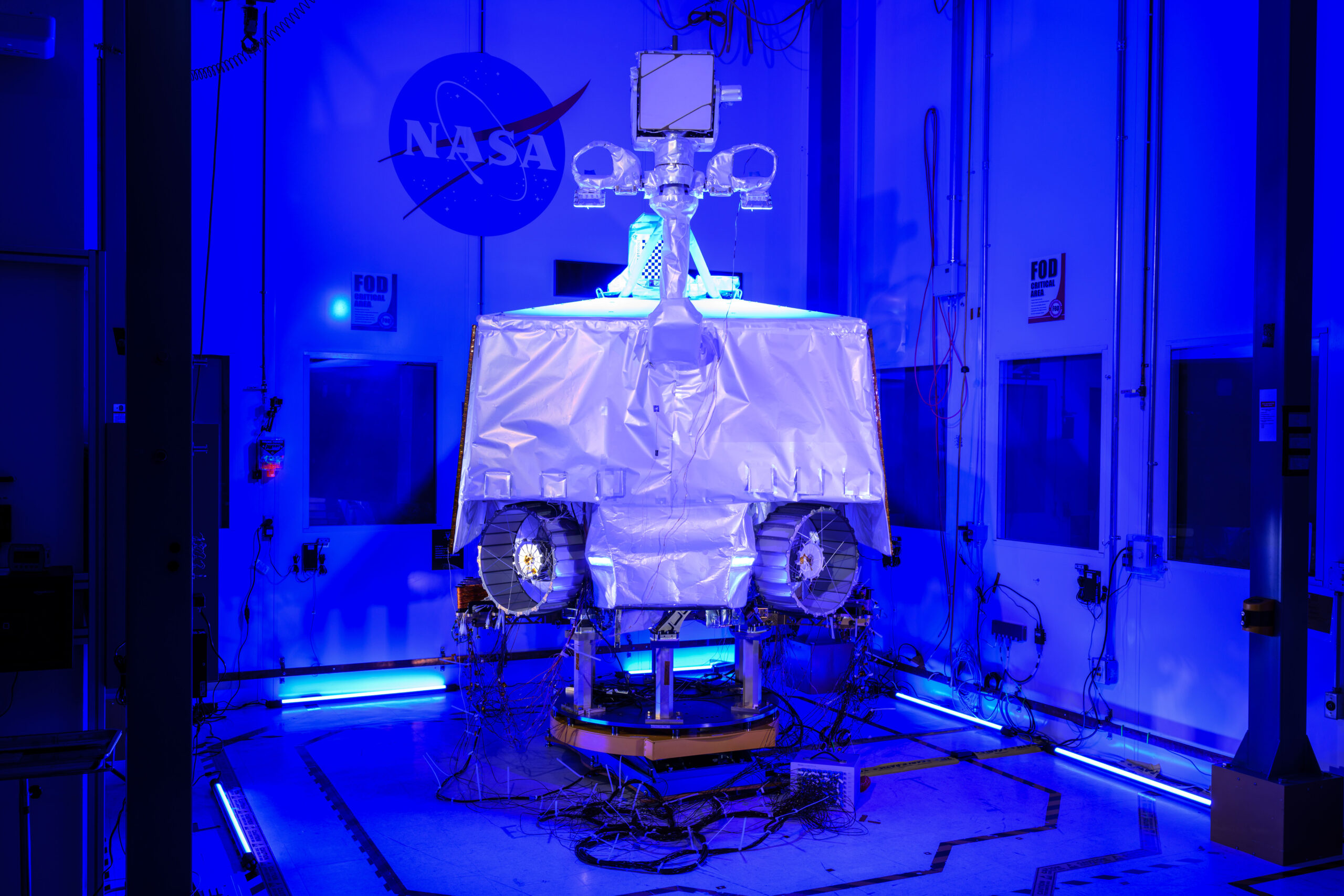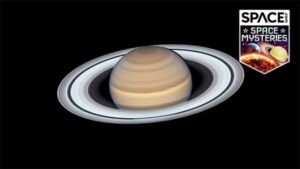After a comprehensive internal review, NASA announced Wednesday its intention to end development of its VIPER (Volatiles Investigating Polar Exploration Rover) project.
NASA cited the cost increase, the delay in the launch date and the risks of future cost increases as reasons for abandoning the mission. The rover was originally scheduled to launch in late 2023, but in 2022 NASA requested a delay to the launch until late 2024 to allow more time for pre-flight testing of the Astrobotic lander. Since then, additional schedule and supply chain delays have pushed VIPER’s readiness date to September 2025, and regardless, the CLPS (Commercial Lunar Payload Services) launch aboard Astrobotic’s Griffin lander has also been pushed back to a similar time. Continuation of VIPER would result in increased costs that threaten to cancel or disrupt other CLPS missions. NASA has notified Congress of the agency’s intent.
“We are committed to the study and exploration of the Moon for the benefit of humanity through the CLPS program,” said Nicola Fox, associate administrator, Science Mission Directorate, NASA Headquarters in Washington. “The agency has a set of planned missions to search for ice and other resources on the Moon over the next five years. Our path forward will make the most of the technology and work put into VIPER while preserving critical assets to support our robust lunar portfolio.”
Moving forward, NASA plans to disassemble and reuse VIPER’s instruments and components for future lunar missions. Before dismantling, NASA will consider expressions of interest from US industry and international partners until Thursday, August 1, to use the existing VIPER system at no cost to the government. Interested parties should contact HQ-CLPS-Payload@mail.nasa.gov after 10 a.m. EDT on Thursday, July 18. The project will be completed in order in the spring of 2025.
Astrobotic will continue its Griffin Mission One under its contract with NASA, working toward a launch planned for no earlier than the fall of 2025. The landing without VIPER will provide a flight demonstration of the Griffin lander and its engines.
NASA will pursue alternative methods to achieve many of VIPER’s goals and verify the presence of ice at the lunar South Pole. Future delivery of CLPS – The Polar Resource Ice Mining Experiment-1 (PRIME-1) — scheduled to land at the South Pole in the fourth quarter of 2024, will search for water ice and perform a resource utilization demonstration using a drill and mass spectrometer to measure of the volatile content of underground materials.
Additionally, future instruments as part of NASA’s crewed missions—for example, the Lunar Terrain Vehicle—will enable mobile observations of volatiles in the south polar region, as well as provide astronauts with access to permanently shadowed regions of the Moon for special sample return campaigns. The agency will also use replicas of three of VIPER’s four instruments for future lunar landings on separate missions.
The VIPER rover is designed to search Earth’s moon for ice and other potential resources—supporting NASA’s commitment to studying the moon and helping to unravel some of our solar system’s greatest mysteries. Through NASA’s lunar initiatives, including the human Artemis and CLPS missions, NASA is exploring more of the Moon than ever before using highly trained astronauts, advanced robotics, US commercial suppliers and international partners.
For more information about VIPER, visit:
https://www.nasa.gov/viper
-end-
Karen Fox / Erin Morton
Headquarters, Washington
202-358-1600 / 202-805-9393
karen.c.fox@nasa.gov / erin.morton@nasa.gov



